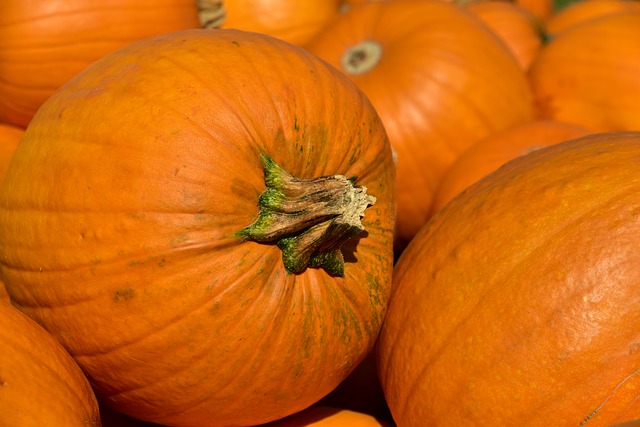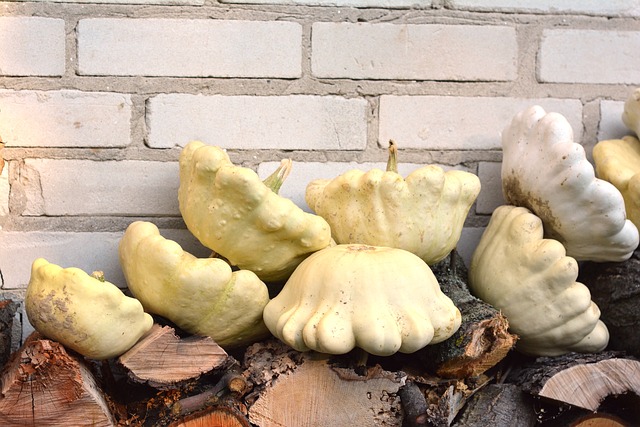Pumpkins are not just for health
Pumpkins (Cucurbita pepo), as the name suggests, are one of the oldest crops in existence. There are so many varieties, let\’s look at just three of the main ones.
– Giromontina species
– Patissonina species
– Oleifera species

Giromontina species– This includes mainly courgettes. These are not native to the U.S., but were bred in Europe. Especially in Italy. The amount of substances beneficial to our health would take up a lot of space. So just think of what we eat with zucchini, for example, garlic in “zucchini”, the equivalent of “potato pancakes”.
Patisoniasuggests by its name what it is. It varies enormously in shape and color. They are usually disk-like, with differently shaped edges. Many serve only as ornaments. They are healthy both cooked and raw. Probably best pickled in the same or almost the same way as cucumbers. Oleifera
is an oil melon, and there are other varieties, but they are not mentioned here. Unlike other varieties, the flesh is usually not eaten, only the seeds are utilized and used as oil. This oil is rich in amino acids, unsaturated fatty acids, and many elements such as magnesium, calcium, zinc, and iron. It can be used to make hair wraps, stimulate blood circulation, and has a positive effect on the digestive tract.
The pumpkin itselfcan be boiled, baked, fried, preserved, or grilled; it is made up of up to 90% water, which makes it low in calories and easy to digest; it is a good source of protein and is a good source of calcium. Eating pumpkin is good for the pancreas, kidneys, and heart. It has many other useful properties.
And when “cooking” pumpkin, remember to be careful not to damage the top shell. Why? Ask your grandchildren, or your children if they are young. And remember that there will soon be an American Halloween holiday. Trust me, they will already know exactly what to do with your gift.